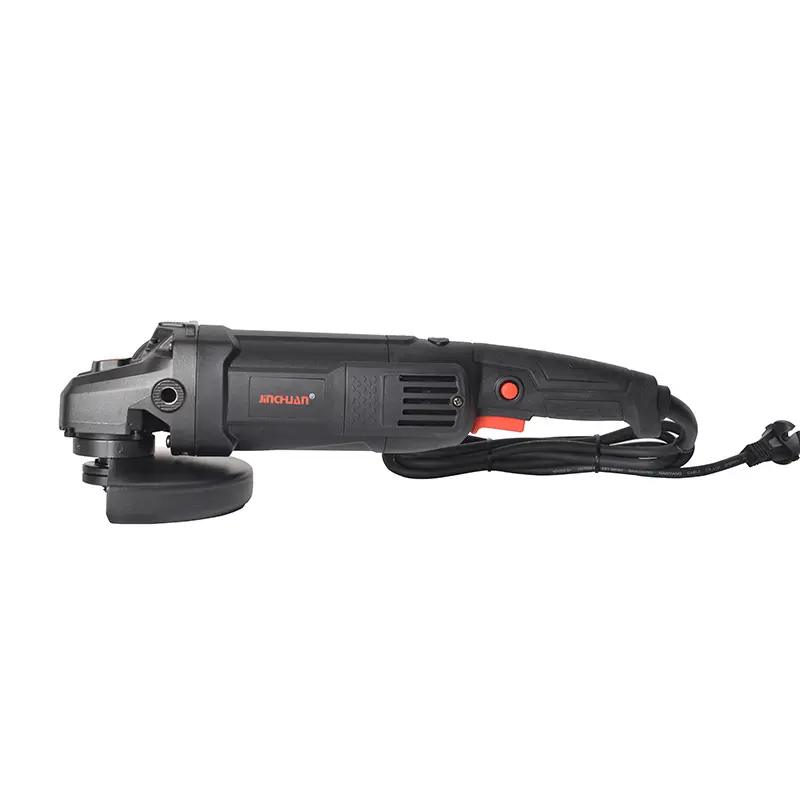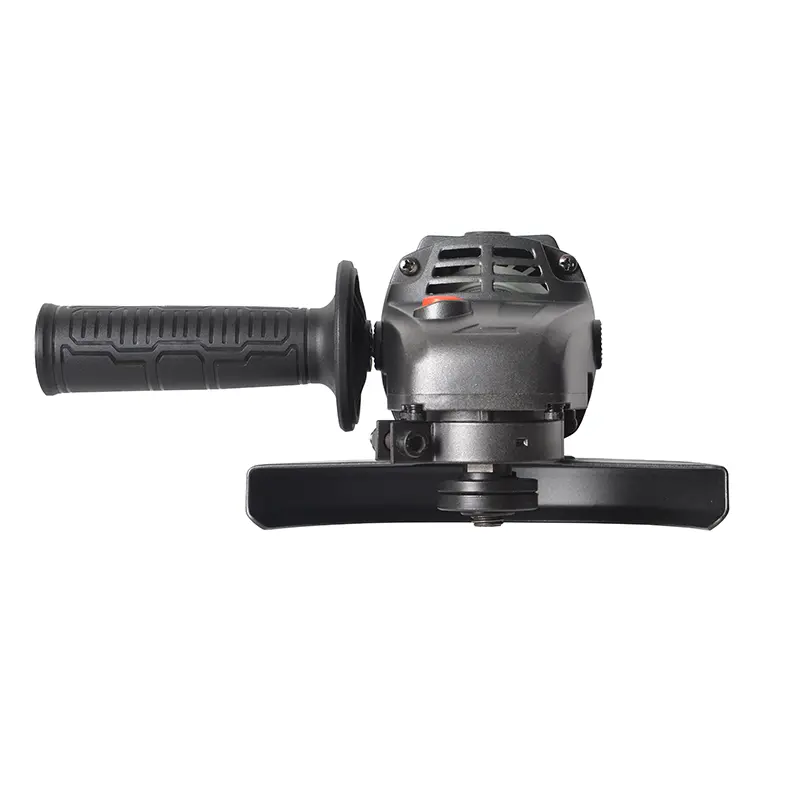Voltage standards vary in different countries and regions, which poses challenges to the use of Angle grinders. To ensure the stable operation of the Angle grinder under different voltages, a series of technical measures need to be taken from aspects such as circuit design, motor control, and power management.
1. Circuit design: Wide voltage input and voltage stabilizing circuit
1.1 Wide voltage input design
The power module of the Angle grinder should be designed with a wide voltage input, capable of adapting to the voltage range of different countries and regions. For example, the designed input voltage range is 100-240V AC and the frequency is 50-60Hz, which can cover the mains power standards of most countries. By using a wide-voltage input design, the Angle grinder can start and operate normally under different voltages, reducing the problems of start-up failure or performance degradation caused by voltage mismatch.
1.2 Voltage stabilizing circuit
Add voltage stabilizing circuits, such as bridge rectifier circuits, DC transformer circuits and voltage stabilizing circuits, to the power module. These circuits can convert the input alternating current into stable direct current, providing a stable power supply for the motor. For instance, the input end of an AC power adapter is connected to the power cord, and its output end is successively connected to the controller through a bridge rectifier circuit, a DC transformer circuit, and a voltage stabilizing circuit. The voltage stabilizing circuit can effectively filter out voltage fluctuations, ensuring that the motor can obtain a stable power supply under different voltages, thereby enhancing the operational stability of the Angle grinder.
2. Motor control: Brushless motor and intelligent controller
2.1 Brushless motor
Brushless motors have the advantages of high efficiency, low noise and long service life, and they are more adaptable to voltage changes. The adoption of brushless motors can reduce the problem of motor performance degradation caused by voltage fluctuations. Brushless motors use electronic commutation, eliminating the need for mechanical brushes and commutators, which reduces mechanical wear and electric sparks, and enhances the reliability and durability of the motor.
2.2 Intelligent Controller
Equipped with intelligent controllers, such as brushless motor intelligent controllers, precise control of the motor can be achieved. The intelligent controller can automatically adjust the motor’s rotational speed and power output based on the motor’s load conditions, ensuring stable operation of the motor under different voltages. For instance, when the Angle grinder is in operation, the intelligent controller will output a frequency conversion command to make the motor run at full speed. When the Angle grinder is idle, the intelligent controller will output a frequency conversion command to make the motor run at a reduced speed, entering an energy-saving mode. In addition, the intelligent controller can also provide multiple fault protection functions, such as overvoltage, undervoltage, overcurrent, and over-temperature protection, further enhancing the safety and reliability of the Angle grinder.
3. Power Management: Battery management system and power adapter
3.1 Battery Management System
For battery-powered Angle grinders, the battery management system (BMS) is of vital importance. BMS can monitor parameters such as battery voltage, current and temperature in real time to ensure that the battery operates within a safe range. For instance, the SW7201 charge and discharge management chip ensures that the battery operates in the best condition by precisely controlling the charging and discharging processes of the battery. BMS can also optimize the charging speed, prevent overcharging and overdischarging, extend battery life, and at the same time provide a stable power output to enhance the performance of the tool.
3.2 Power Adapter
For wired Angle grinders, designing an efficient power adapter is also a key to ensuring stable operation. The power adapter should feature high efficiency, low ripple, and wide voltage input. For instance, the input end of an AC power adapter is connected to the power line, and its output end is successively connected to the controller through a bridge rectifier circuit, a DC transformer circuit, and a voltage stabilizing circuit. This design ensures that the power adapter can provide a stable DC power supply under different voltages, meeting the operational requirements of the Angle grinder.
4. Protection mechanism: Overvoltage, undervoltage protection and short-circuit protection
4.1 Overvoltage and undervoltage protection
Add overvoltage and undervoltage protection circuits in the power module. When the input voltage exceeds or falls below the set range, the protection circuit will automatically cut off the power supply to prevent motor damage. For example, when the input voltage exceeds 24V, the overvoltage protection is activated; When the input voltage is lower than 13.5V, the under-voltage protection is activated. The overvoltage and undervoltage protection function can effectively prevent motor damage caused by voltage fluctuations and increase the service life of the Angle grinder.
4.2 Short-circuit Protection
It is equipped with short-circuit protection function. When a short circuit occurs in the circuit, the protection circuit will quickly cut off the power supply to prevent excessive current from causing motor damage or fire. For instance, when the current exceeds 120A, the short-circuit protection function will be activated. The short-circuit protection function can effectively prevent safety accidents caused by short circuits and enhance the safety of the Angle grinder.
5. Optimized Design: Counter electromotive force detection and intelligent speed regulation
5.1 Counter electromotive force detection
In circuit design, a back electromotive force detection mechanism is implemented to precisely detect the back electromotive force of the motor to control the fluctuation range of the motor current. Counter electromotive force detection can effectively prevent potential risks caused by motor loss of control and ensure the stable operation of the motor under different loads.
5.2 Intelligent Speed Regulation
Equipped with an intelligent speed regulation function, it can automatically adjust the motor’s rotational speed according to the motor’s load conditions. For instance, when the Angle grinder is in operation, the intelligent controller will output a frequency conversion command to make the motor run at full speed. When the Angle grinder is idle, the intelligent controller will output a frequency conversion command to make the motor run at a reduced speed, entering an energy-saving mode. The intelligent speed regulation function not only enhances the operational efficiency of the Angle grinder but also reduces voltage fluctuations caused by load changes.
By adopting technical measures such as wide-voltage input design, voltage stabilizing circuit, brushless motor, intelligent controller, battery management system, power adapter, overvoltage and undervoltage protection, short-circuit protection, back electromotive force detection and intelligent speed regulation, it can be ensured that the Angle grinder can operate stably under different voltages. These technical measures not only enhance the adaptability and reliability of the Angle grinder, but also extend the service life of the equipment and reduce maintenance costs.
Post time: Jul-21-2025


